Find Help
More Items From Ergsy search
-
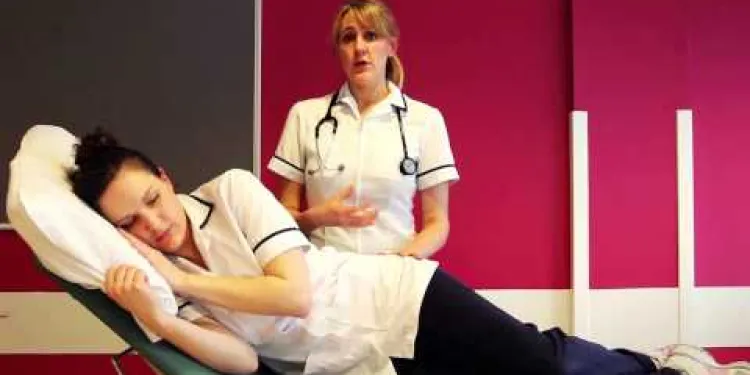
Positioning for Breathless Patient
Relevance: 100%
-
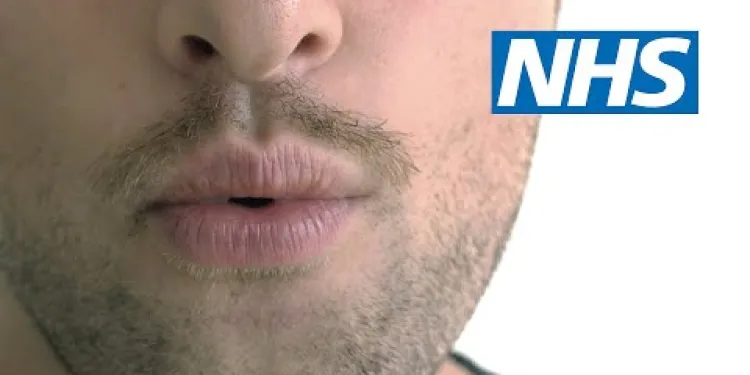
Tips for breathlessness | NHS
Relevance: 50%
-

Long COVID - Managing Breathlessness
Relevance: 45%
-
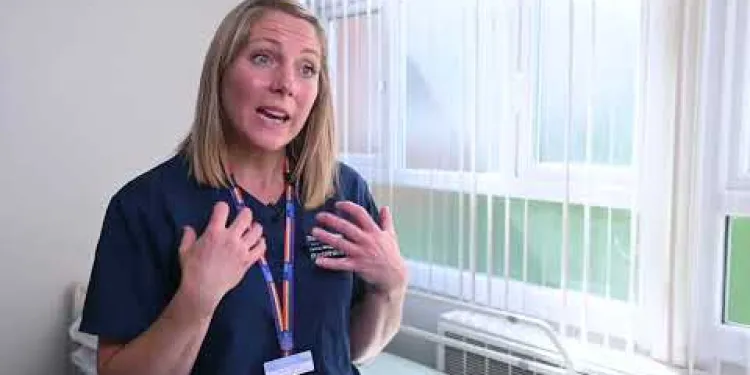
Breathlessness after COVID-19 - helpful techniques
Relevance: 41%
-
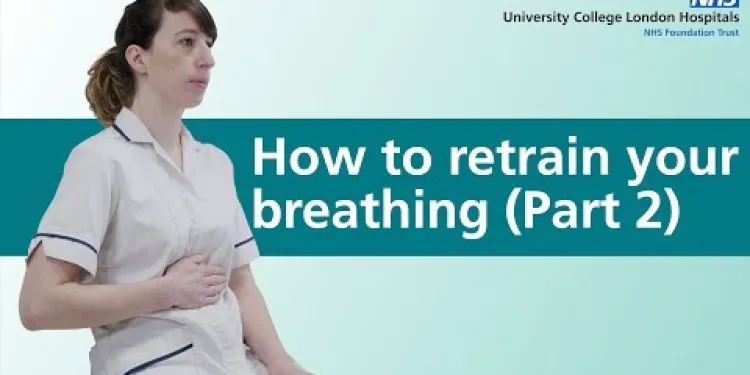
How to retrain your breathing | Part 2 | Asthma, long covid or breathlessness
Relevance: 38%
-
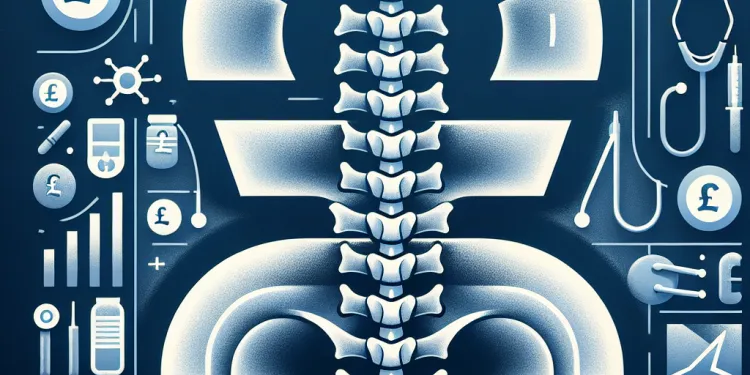
How will I be positioned for spinal anaesthesia?
Relevance: 34%
-
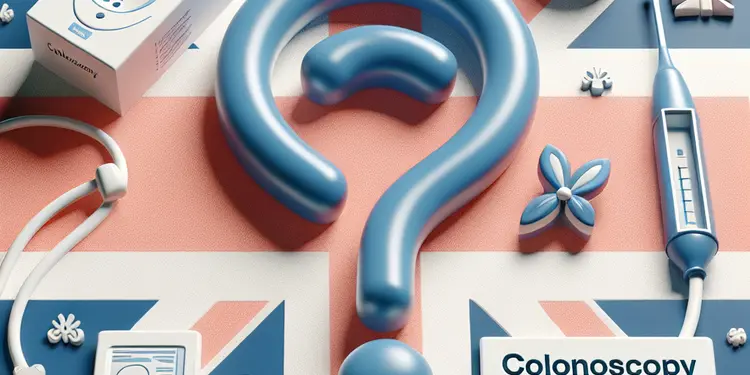
Is a colonoscopy necessary after a positive home test?
Relevance: 29%
-

What if my pregnancy test is positive?
Relevance: 29%
-
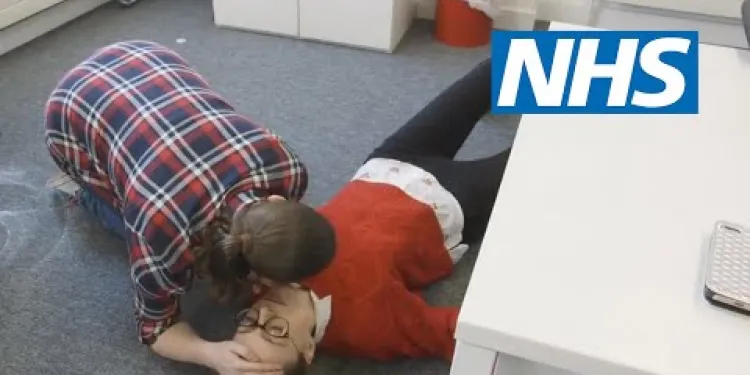
How to put someone into the recovery position | NHS
Relevance: 27%
-

What types of positions are available at the National Trust?
Relevance: 26%
-

What can cause a false positive pregnancy test?
Relevance: 26%
-

What should I do if my home test results are positive?
Relevance: 26%
-

Sepsis - a patient story
Relevance: 23%
-
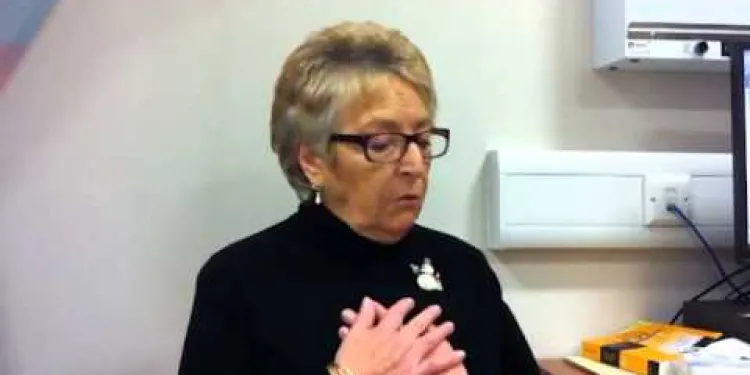
Neuroendocrine tumour patient video
Relevance: 22%
-

Assessing the stroke patient
Relevance: 21%
-
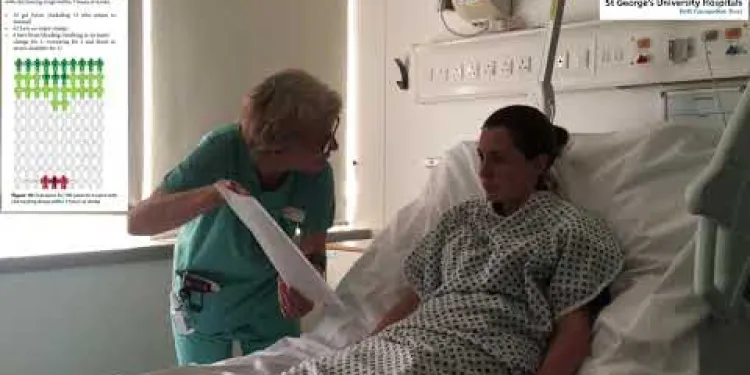
Gaining consent from stroke patients
Relevance: 21%
-

Breakthrough Cancer Treatment Shows Promise for NHS Patients
Relevance: 21%
-
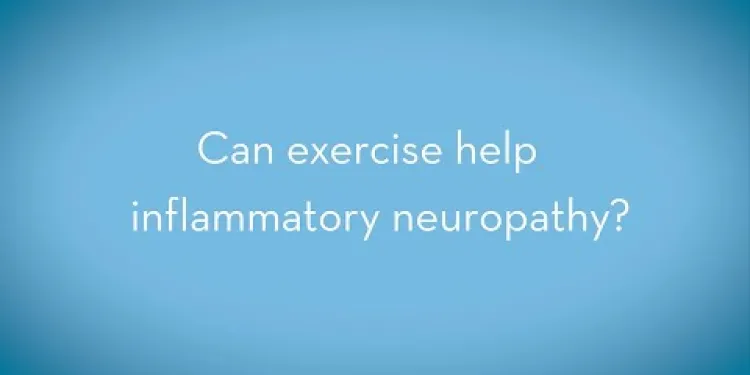
Exercise in patients with a neuropathy
Relevance: 21%
-

What is self-testing for eye patients?
Relevance: 21%
-

Chemotherapy - the patient journey
Relevance: 20%
-
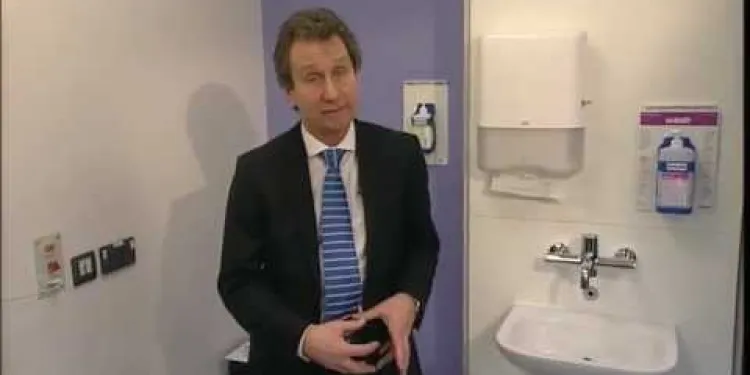
Hernias and their Treatments - A guide for patients
Relevance: 20%
-

Can Baxdrostat be used in patients with renal impairment?
Relevance: 20%
-

Patient Stories - Having a kidney transplant
Relevance: 19%
-

NHS Utilizes AI to Prioritize High-Risk Patients on Waiting Lists
Relevance: 19%
-

Fallsafe - Put the patient first. Preventing falls in Hospital.
Relevance: 19%
-
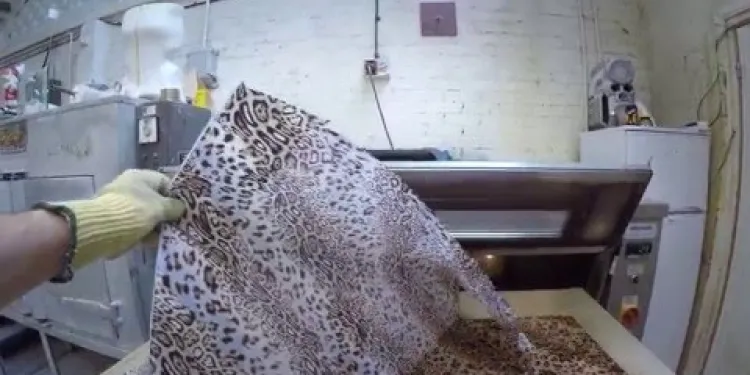
Making a spinal brace for a scoliotic patient at the RNOH
Relevance: 19%
-

Cornea transplant patient Information
Relevance: 19%
-

How the Shortage of GPs is Affecting Patient Care Across the UK
Relevance: 19%
-
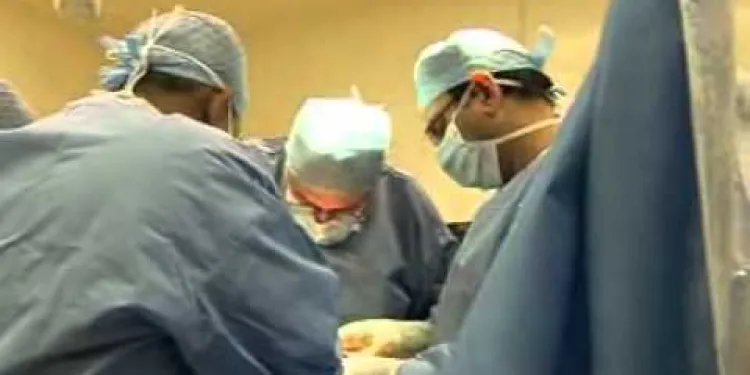
Liver transplant - Patient experience - Part 1 (Colin)
Relevance: 18%
-

Mark Lancaster Patient Experience Leeds Endoscopy
Relevance: 18%
-
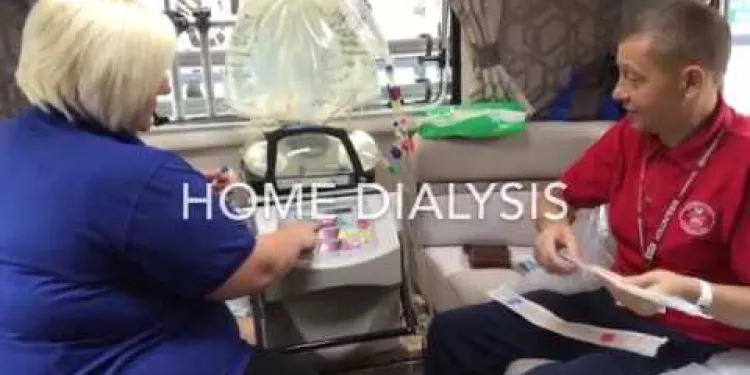
Home dialysis help for kidney patients
Relevance: 18%
-

Breakthrough in Cancer Treatment Offers Hope for Prostate Cancer Patients
Relevance: 18%
-

What types of self-tests are available for eye patients?
Relevance: 18%
-

How can primary care support workers contribute to patient care improvement?
Relevance: 17%
-

Neurophysiology EEG Patient Information
Relevance: 17%
-

Useful information for patients with lower back pain
Relevance: 17%
-

Delirium: A Patient Story at Leicester's Hospitals
Relevance: 17%
-
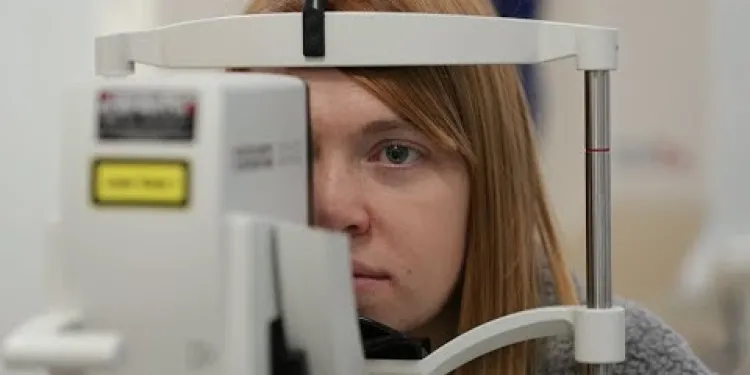
Patient voices in type one diabetes - I would have done things differently.
Relevance: 17%
-

Infertility - IVF Treatment and Patient Information
Relevance: 17%
-

How does self testing for eye patients work?
Relevance: 17%
Positioning for Breathless Patient
Importance of Proper Positioning
Positioning a breathless patient correctly can significantly improve their comfort and ease of breathing. Proper positioning facilitates better lung expansion, reduces the work of breathing, and can alleviate the feeling of breathlessness. This is crucial for patients suffering from conditions such as asthma, chronic obstructive pulmonary disease (COPD), or during episodes of acute respiratory distress.
Upright Sitting Position
The upright sitting position, often referred to as the Fowler's position, is beneficial for breathless patients. This position involves sitting the patient up at an angle of 45 to 90 degrees. It helps gravity assist diaphragm movement and reduces pressure from the abdominal organs on the lungs. An upright chair with proper back support or raising the head of the bed can work effectively in achieving this position.
Forward Leaning Position
The forward leaning position is another effective technique. It can be utilized by having the patient sit upright and lean forward onto a table or their knees while keeping their arms supported. This position helps in optimizing diaphragm function and relieves tension from accessory muscles of respiration. It's particularly useful during acute episodes of breathlessness.
High Side-Lying Position
For patients who cannot sit upright, the high side-lying position can be helpful. Place the patient on their side, with the head elevated using pillows. This position can improve ventilation in the dependent lung and increase oxygenation. Ensure that the patient's back is well-supported to prevent discomfort.
Considerations for Mobility and Safety
Always maintain the patient's safety and comfort while positioning them. Use pillows and supports to avoid strain and pressure sores. For patients with mobility issues, get assistance from another caregiver or use mechanical aids to adjust the patient's position safely. Monitor the patient closely for any signs of increased discomfort or distress.
Conclusion
Positioning breathless patients correctly is a simple yet effective intervention that can vastly improve their comfort and respiratory efficiency. By understanding and applying appropriate positioning techniques, healthcare providers in the United Kingdom can better manage patients experiencing breathlessness and enhance their overall well-being.
Helping Someone Who is Out of Breath
Why Positioning is Important
Helping someone sit in the right way can make it easier for them to breathe. It helps their lungs open up and makes breathing less hard work. This is very important for people with breathing problems like asthma or COPD.
Sitting Up Straight
Sitting up straight, also called the Fowler's position, helps people breathe better. This means sitting up with their back supported at an angle between 45 and 90 degrees. An upright chair or lifting the head of the bed can help with this.
Leaning Forward
Leaning forward while sitting helps too. The person can lean on a table or their knees with their arms supported. This helps them breathe easier, especially when they feel very out of breath.
Lying on the Side
If sitting is too hard, lying on one side can help. Support their head with pillows. This helps the lung on the lower side work better. Make sure they are comfortable and their back is supported.
Being Careful and Safe
Always make sure the person is safe and comfy. Use pillows to help them feel good and avoid any pain. If they find it hard to move, ask someone to help or use special equipment. Watch them to make sure they are okay and not more upset.
Conclusion
Helping people sit or lie in the right way can make them feel much better. It can help them breathe easier. By using these tips, you can help people with breathing problems feel better and safer.
Frequently Asked Questions
What is the best position for a breathless patient to ease breathing?
The best position for a breathless patient to ease breathing is usually sitting up and leaning slightly forward with support, such as on a table or with pillows.
Why does sitting up help with breathlessness?
Sitting up helps with breathlessness because it allows the diaphragm to move more freely and reduces pressure on the lungs, making it easier to breathe.
Can lying flat worsen breathlessness?
Yes, lying flat can worsen breathlessness as it can restrict the movement of the diaphragm and increase pressure on the lungs and airways.
Is the 'tripod position' effective for breathless patients?
Yes, the tripod position, where the patient sits leaning forward with their hands on their knees or a surface, can be effective in easing breathlessness by expanding the chest and improving airflow.
Should pillows be used to help a breathless patient?
Yes, using pillows to prop up a breathless patient can help them maintain a more upright position, which can ease breathing.
How does leaning forward over a table help with breathlessness?
Leaning forward over a table helps to relax the abdominal muscles and diaphragm, reducing the effort required to breathe and providing better oxygen flow.
Would elevating the head of the bed be beneficial for a breathless patient?
Yes, elevating the head of the bed can help reduce breathlessness by allowing the lungs to expand more fully and reducing pressure on the diaphragm.
What is orthopnea and how should it be managed in positioning?
Orthopnea is shortness of breath that occurs when lying flat. It can be managed by keeping the patient in an upright or inclined position to prevent worsening of symptoms.
Is it helpful for a breathless patient to use arm supports while sitting?
Yes, using arm supports while sitting can help a breathless patient by allowing them to use accessory muscles for breathing and reduce the workload on the diaphragm.
What should I do if a breathless patient cannot sit up?
If a breathless patient cannot sit up, try to position them on their side with the head elevated to reduce pressure on the lungs and support easier breathing.
Are there specific breathing techniques that help when positioning a breathless patient?
Yes, techniques such as pursed-lip breathing or diaphragmatic breathing can be practised to improve airflow and reduce breathlessness when positioning the patient.
How does gravity affect positioning for breathless patients?
Gravity helps drain fluids and can facilitate lung expansion; thus, a more upright position usually assists in easier breathing for breathless patients.
Can a breathless patient sleep in a recliner chair?
Yes, sleeping in a recliner chair can help some breathless patients maintain a beneficial upright position throughout the night.
What precautions should be taken when positioning a breathless patient?
Ensure that the patient is comfortable, supported, and monitored for any changes in their condition. Avoid positions that might restrict breathing further.
Is using a fan recommended for breathless patients in certain positions?
Yes, using a fan to direct cool air towards the face can provide relief and help reduce the sensation of breathlessness in some patients.
How can a person who is out of breath breathe better?
If someone is having trouble breathing, they should sit up straight. It’s good to lean forward a little, like when sitting at a table. You can put your hands on your knees or the table. Taking slow, deep breaths can help too. If you have breathing problems, ask a doctor or nurse for help.
When someone is having trouble breathing, the best way to sit is to stay upright. They should lean forward a bit. They can use a table or some pillows for help.
Why Does Sitting Up Help You Breathe?
Sometimes, it's hard to breathe. Sitting up can make it easier. Here’s why:
- When you sit up, your lungs have more space to expand. This helps you take in more air.
- Sitting up keeps your airways open. This helps air move in and out of your lungs easily.
- It can help your body use less energy to breathe.
If you have trouble breathing, you can try:
- Sitting up in a comfortable chair.
- Leaning forward a bit while sitting. You can rest your arms on your knees or a table.
These tips might help you feel better and breathe easier!
When you sit up, it's easier to breathe.
Sitting up helps your lungs and belly move better. This makes it easier to get air in and out.
If you feel out of breath, try sitting up straight. It can help you breathe easier.
Can Lying Down Make It Harder to Breathe?
When you lie down flat, it might be harder to breathe. This can happen to some people.
If you find it hard to breathe when lying down, try these:
- Prop yourself up with pillows.
- Sit up in a chair.
- Ask a family member or friend to help.
- Talk to a doctor for more help.
Yes, lying down flat can make it harder to breathe. This is because it can push on your lungs and stop your diaphragm from moving.
Does sitting in the 'tripod position' help people who have trouble breathing?
The tripod position can help you breathe better. Sit down and lean forward. Put your hands on your knees or on something in front of you. This helps make your chest bigger so air can move in and out more easily.
Can pillows help someone who is having trouble breathing?
If someone is having a hard time breathing, a pillow might help. A pillow can help them sit up. Sitting up can make it easier to breathe. Always ask a doctor or nurse for advice.
Here are some things that might help:
- Sit the person up with pillows behind their back.
- Use a fan to blow cool air on their face.
- Keep the room cool and calm.
- Talk to a doctor or nurse for more help.
Yes, you can use pillows to help someone who is having trouble breathing. Pillows can help them sit up more, which makes it easier to breathe.
Why does leaning forward on a table help you breathe better?
Leaning forward over a table can help you breathe easier. It helps your tummy and breathing muscles relax. This makes it easier to get more air in when you breathe.
How can raising the bed help someone who has trouble breathing?
If a person finds it hard to breathe, lifting the top part of their bed might help. This means they can sit up more while lying down.
Here are some things that might help:
- Use pillows to lift their head and chest.
- Adjust the bed if it can move up and down.
- Ask a doctor or nurse for advice.
These steps can make it easier for them to breathe.
Yes, raising the head of the bed can help you breathe better. It lets your lungs fill up more and takes pressure off your breathing muscle.
What is Orthopnea and How Can We Help With Positioning?
Orthopnea means you have trouble breathing when you lie down flat. People can breathe better if they sit up or stand.
How can we help?
- Use extra pillows to keep your head up when you sleep.
- Sit up in a chair if it feels better.
- Talk to a doctor or nurse for more help.
If you have trouble reading, ask someone you trust to read this with you. It can help to point at the words as you read together.
Orthopnea is when you have trouble breathing when you lie down flat. You can help this by sitting up or lying with your head raised. This can make it easier to breathe.
Does using arm supports help someone who feels out of breath when sitting?
Yes, arm supports can help someone who is out of breath. When they sit and use arm supports, it helps them breathe better. It lets them use extra muscles to breathe and makes it easier for their body.
What can I do if a person is out of breath and cannot sit up?
If someone cannot breathe well and cannot sit up, here are simple steps to help: - **Stay Calm:** Keep yourself calm. This can help the person feel better. - **Call for Help:** Use a phone to call for an ambulance or ask someone to help you. - **Comfort Them:** Support the person's head and help them lie down if needed. - **Listen to Them:** If they can talk, ask how they feel and listen. - **Stay with Them:** Never leave them alone until help arrives. You can also use tools like a phone app or flashcards with steps. They can remind you what to do in emergencies.If someone is out of breath and can't sit up, help them lie on their side. Raise their head a little. This can make it easier for them to breathe.
Can special ways to breathe help a patient who is out of breath?
When someone has trouble breathing, certain ways to breathe might help them feel better. Here are some things you can try:
- Sit Up Straight: Help the person sit up to make breathing easier.
- Pursed-Lip Breathing: Breathe in through the nose and blow out slowly through the mouth, like blowing out a candle.
- Diaphragmatic Breathing: Breathe deeply by using the belly. Put a hand on the belly to feel it move in and out.
You can also use things like pillows to help the person sit comfortably. Always talk to a doctor for more advice.
Yes, there are ways to help you breathe better. You can try pursed-lip breathing or diaphragmatic breathing. These can help you get more air and feel less out of breath. They can be useful when you are helping someone sit or lie down comfortably.
How does gravity help people who find it hard to breathe?
Gravity is the force that pulls things down. It can help if someone can't breathe well.
If a person is sitting up, gravity can make it easier to breathe. Lying down can sometimes make it harder.
Here are some tips to help with breathing:
- Sit in a comfortable chair with support for your back.
- Try leaning forward a bit. You can rest your arms on your legs or a table.
- Use pillows to sit up in bed if you can't get out of it.
- Try deep, slow breaths.
Breathing exercises might also help. You can ask a doctor for more ideas.
Gravity helps move liquids down and can make lungs bigger. Sitting up usually helps people breathe better when they feel out of breath.
Can someone who feels out of breath sleep in a recliner chair?
If you have trouble breathing, it might be hard to sleep. A recliner chair can help. It lets you sleep sitting up. This makes it easier to breathe.
Here are some tips to help you:
- Sit up: Keep your head and chest raised. This helps air get into your lungs.
- Pillows: Use cushions or pillows to get comfy. They also help you stay sitting up.
- Calm thinking: Try to relax and take deep breaths. Listening to soft music can help you feel calm.
Talk to your doctor or nurse if you need more help.
Yes, sleeping in a chair that leans back can help people who have trouble breathing. Sleeping in this chair means they can sit up the whole night.
What should you do when helping someone who has trouble breathing?
Here is how to help someone who can't breathe well:
- Let them sit up. Use pillows if needed. This helps them breathe.
- Make sure there is fresh air. Open a window or use a fan.
- Stay calm and help them relax. This makes breathing easier.
- If they have medicine, like an inhaler, make sure they use it.
- Call for help if they don’t get better.
Help them feel safe. Talking to them can help keep them calm.
Make sure the person is comfortable. Help them feel safe. Watch to see if they get better or worse. Do not let them sit or lie in a way that makes it hard to breathe.
Can a fan help people who feel out of breath in some positions?
Yes, using a fan to blow cool air on your face can help you feel better and make it easier to breathe.
Useful Links
- Ergsy carfully checks the information in the videos we provide here.
- Videos shown by Youtube after a video has completed, have NOT been reviewed by ERGSY.
- To view, click the arrow in centre of video.
- Most of the videos you find here will have subtitles and/or closed captions available.
- You may need to turn these on, and choose your preferred language.
- Go to the video you'd like to watch.
- If closed captions (CC) are available, settings will be visible on the bottom right of the video player.
- To turn on Captions, click settings .
- To turn off Captions, click settings again.
More Items From Ergsy search
-

Positioning for Breathless Patient
Relevance: 100%
-

Tips for breathlessness | NHS
Relevance: 50%
-

Long COVID - Managing Breathlessness
Relevance: 45%
-

Breathlessness after COVID-19 - helpful techniques
Relevance: 41%
-

How to retrain your breathing | Part 2 | Asthma, long covid or breathlessness
Relevance: 38%
-

How will I be positioned for spinal anaesthesia?
Relevance: 34%
-

Is a colonoscopy necessary after a positive home test?
Relevance: 29%
-

What if my pregnancy test is positive?
Relevance: 29%
-

How to put someone into the recovery position | NHS
Relevance: 27%
-

What types of positions are available at the National Trust?
Relevance: 26%
-

What can cause a false positive pregnancy test?
Relevance: 26%
-

What should I do if my home test results are positive?
Relevance: 26%
-

Sepsis - a patient story
Relevance: 23%
-

Neuroendocrine tumour patient video
Relevance: 22%
-

Assessing the stroke patient
Relevance: 21%
-

Gaining consent from stroke patients
Relevance: 21%
-

Breakthrough Cancer Treatment Shows Promise for NHS Patients
Relevance: 21%
-

Exercise in patients with a neuropathy
Relevance: 21%
-

What is self-testing for eye patients?
Relevance: 21%
-

Chemotherapy - the patient journey
Relevance: 20%
-

Hernias and their Treatments - A guide for patients
Relevance: 20%
-

Can Baxdrostat be used in patients with renal impairment?
Relevance: 20%
-

Patient Stories - Having a kidney transplant
Relevance: 19%
-

NHS Utilizes AI to Prioritize High-Risk Patients on Waiting Lists
Relevance: 19%
-

Fallsafe - Put the patient first. Preventing falls in Hospital.
Relevance: 19%
-

Making a spinal brace for a scoliotic patient at the RNOH
Relevance: 19%
-

Cornea transplant patient Information
Relevance: 19%
-

How the Shortage of GPs is Affecting Patient Care Across the UK
Relevance: 19%
-

Liver transplant - Patient experience - Part 1 (Colin)
Relevance: 18%
-

Mark Lancaster Patient Experience Leeds Endoscopy
Relevance: 18%
-

Home dialysis help for kidney patients
Relevance: 18%
-

Breakthrough in Cancer Treatment Offers Hope for Prostate Cancer Patients
Relevance: 18%
-

What types of self-tests are available for eye patients?
Relevance: 18%
-

How can primary care support workers contribute to patient care improvement?
Relevance: 17%
-

Neurophysiology EEG Patient Information
Relevance: 17%
-

Useful information for patients with lower back pain
Relevance: 17%
-

Delirium: A Patient Story at Leicester's Hospitals
Relevance: 17%
-

Patient voices in type one diabetes - I would have done things differently.
Relevance: 17%
-

Infertility - IVF Treatment and Patient Information
Relevance: 17%
-

How does self testing for eye patients work?
Relevance: 17%


